The Best Non Toxic Laundry Detergents

My search for the best non-toxic laundry detergent started years ago when I found out that I was pregnant with my son. My husband and I bought our first home around that time and I was determined to furnish, clean, and maintain it with the least toxic, high quality products we could afford. After hours of research, I landed on a few brands that seem to pass most tests.
Best Non Toxic Laundry Detergent:
- Best Liquid Detergents: Greenshield Organic Free and Clear Liquid Laundry Detergent or Planet Ultra 2x Liquid Laundry Detergent
- Best Powdered Detergent: 365 Everyday Value 2x Concentrated Unscented Powdered Laundry Detergent
- Best for Delicate Hand Washing: Planet Delicate Laundry Wash
- Best Bleach: Seventh Generation Chlorine Free Bleach
- Best Stain Removal Soak: OxiClean Baby Stain Fighter
- Best Laundry Booster: Arm & Hammer Natural Detergent Booster
Why Choose Natural Laundry Detergent
There are two simple reasons that you might choose to opt for more natural laundry detergents:
- They’re safer and healthier for you
- They’re safer and healthier for the environment
If you have an interest in avoiding respiratory issues, skin irritation, and minimizing your exposure to possible carcinogens, then switching to a laundry detergent with low or no toxicity might be a good idea.
The same goes for anyone with a vested interest in the health and preservation of aquatic life. Below I am listing a number of safe laundry products as well as ingredients to avoid in cleaning products in general!
Best Non Toxic Laundry Detergent
The list below is not exhaustive, and it only includes brands that fully disclose all ingredients (many “natural” brands do not!). Each product listed is considered of minimal health and environmental risk according to EWG’s 2013 spring cleaning list.
Best Liquid Laundry Detergents: Greenshield Organic Free and Clear Liquid Laundry Detergent and Planet Ultra 2x Liquid Laundry Detergent
- Packaging may vary.
- The package weight of the product is 15.4 ounces
- Works in both standard and high-efficiency (HE) washers
- Hypoallergenic - suitable for people with chemical sensitivities and babies
- Free & Clear formula - no added fragrances, dyes or synthetic preservatives
If you’re like me and you primarily use liquid detergent in your washing machine, you will appreciate these fantastic, all natural options. Both formulas are appropriate to use with HE washing machines, contain no synthetic fragrances, dyes or synthetic preservatives, and are considered hypoallergenic.
Read about ingredient rankings for Greenshield Organic’s formula and Planet Ultra’s formula.
Best Powdered Laundry Detergent: 365 Everyday Value Unscented Powdered Laundry Detergent
- Brought to you by Whole Foods Market. Our standards are what set us apart, and our quality is what...
- No fragrance ingredients.
- Made with plant-derived ingredients.
If you prefer to use powdered laundry detergent here’s a good option for you. Available at Whole Foods and Amazon, this formula is fragrance free, made from plant derived ingredients, and does not contain Phosphates or Phthalates. It’s also appropriate for use with an HE washing machine.
Read about ingredient rankings for 365 Everyday Value Powdered Detergent.
Best for Delicate Hand Washing: Planet Delicate Laundry Wash
- environmentally friendly cleaning products that work! A Gentle Formula That Safely Cleans All Your...
- Planet
This formula is specifically designed for hand washing delicate items such as antique fabrics or other sensitive fabrics. I wouldn’t recommend using this with an HE washing machine – use a small amount in a water basin/sink/tub for the most delicate fabrics in your home.
Learn more about the active ingredients in the Planet Delicate Laundry Wash.
Best Bleach: Seventh Generation Chlorine Free Bleach
No products found.
This is a great product to use for brightening dingy fabrics like sheets or towels. It is a chlorine-free bleach with zero dyes, phosphates, or artificial brighteners.
Learn more about active ingredients in Seventh Generation Chlorine Free Bleach.
Best Stain Removal Soak: OxiClean Baby Stain Fighter
- From America's #1 Versatile Stainfighter Brand based on units sold
- Great for Baby Clothes and Accessories, Cloth Diapers, and Bedding!
- Free of Perfume and Dyes
OxiClean is truly one of my favorite tried and true laundry products. This baby-safe formula is great because it’s not only chlorine free and color safe, it’s also free of perfumes and dyes. And if you do have a baby, it’s an absolute must to have on hand in your inevitable quest to save yours and baby’s clothes. I’d even register for it.
Learn about active ingredients in OxiClean Baby Stain Soaker.
Best Laundry Booster: Arm & Hammer Natural Detergent Booster
- Natural Detergent Booster: Boosts the cleaning power of your laundry detergent
- Fragrance Free: Free of harsh chemicals and artificial fragrances
- Phosphate Free: Non-toxic formula is phosphate free
Some of us suffer from hard water. Over time, Hard water chemicals can lead to a dingy appearance on light or white colored fabrics and can make towels and sheets feel less soft and almost crunchy. This detergent booster will help soften the water in your laundry, which enables your all natural laundry detergent to do a more effective job of cleaning your fabrics.
Learn about active ingredients in Arm & Hammer Detergent Booster.
Ingredients to Avoid in Laundry Detergent
If you didn’t see your favorite laundry detergent or product on the list above, it might still be completely safe to use! Below I am listing of some of the most important chemicals and ingredients to avoid in laundry detergent inspired by the helpful list by Natural Living Family:
1. Sodium Laureth Sulfate (SLES)
SLES is an ethoxylated surfactant used in a wide variety of household cleaning and cosmetic products. There is a well established potential for SLES to be contaminated with 1,4 dioxane, which is categorized as possibly carcinogenic to humans by the IARC (source: NCBI).
Additionally, SLES contains carbon molecules derived from petroleum. Because the extraction of petroleum and the production of petrochemicals are linked to negative environmental and human health impacts, we have another reason to avoid SLES in our household products (source: NCBI).
2. 1,4 Dioxane
1,4 Dioxane is considered a known animal carcinogen and a possible human carcinogen. It may also cause skin, eye, and lung inflammation (source: Fisher Scientific). The challenge here is, because 1,4 dioxane is not an “ingredient”, product manufacturers do not need to list it (source: Newsday).
With that said, Long Island based group, Citizens Campaign for the Environment tested 80 common household products and listed the levels of 1,4 dioxane detected. You can view the results in this Newsday article.
3. Optical Brighteners
UV and optical brighteners “transform UV (ultraviolet) light waves to enhance blue light and minimize the amount of yellow light to make things appear whiter” (The Spruce). So they don’t actually make your clothes any cleaner, they simply use light to hide stains. You can determine if your clothing is coated with optical brighteners by using a black light because they will glow!
These brighteners may cause negative developmental and reproductive effects. Additionally because optical brighteners are not readily biodegradable and may bioaccumulate, their runoff in our water systems may pose a threat to the health and safety of aquatic life. Here is how to brighten white fabrics like towels and sheets without using optical brighteners.
4. Synthetic Fragrance
That recognizable smell from laundry detergent might be doing more harm than good. Ever since the Fair Packaging and Labeling Act in 1967, ingredients in a fragrance blend are protected from the normal ingredient declaration requirement. These synthetic fragrances may cause allergic reactions and rashes and are best avoided.
5. Phosphates
Consumption of phosphorus in products like processed foods and carbonated beverages is heavily linked to health issues like cardiovascular disease and osteoporosis (source: NCBI). Phosphates used in cleaning products like laundry detergent inevitably pass phosphorus through our waterways causing eutrophication. This is mineral poisoning that increases the mortality rate in marine animal species (source: NBCI).
Fortunately, phosphates have been banned in laundry detergents since the 1990s, but it’s a good ingredients to avoid in all household cleaning products.
6. More Ingredients to Avoid
In addition to the 5 ingredients detailed above, also do your best to avoid products that include:
- Ammonium Sulfate
- Ammonium Quaternary Sanitizers (Quats/ Synthesized Cationic Surfactants)
- Nonylphenol Ethoxylates (Nonoxynol, NPEs)
- Benzyl Acetate
- Dichlorobenzene (P-Dichlorobenzene/ Benzene).
Homemade Laundry Detergent vs Store Bought
After reading that list of dangerous detergent ingredients, you might be thinking, “forget it, I’m going to make my own laundry detergent with safe, natural ingredients!”
Here’s the thing, DIY laundry detergent recipes don’t actually result in “detergent.” Most recipes result in laundry “soap.”
Why laundry soap is not ideal:
- Residue on clothing – Most machines today don’t have aggressive agitators that would help strip the clothing of soap residue. Soap residue traps dirt and bacteria in your fabrics so by using laundry soap in a modern washing machine (or anything that isn’t a laundry washboard basically) will result in clothes that aren’t actually clean at all.
- Residue on your washing machine – We had to replace the washing machine that originally came with our house. The repairman who came to survey the scene said that the most damaging thing you can do to your washing machine is add any type of soap. That same residue that will cling to your clothing will also find its way into the impossible to reach crevices of your washing machine and cause irreparable damage. (Here’s how to clean your front loading washer).
It would be extremely difficult/impossible to create a proper detergent at home (unless you are a scientist with fancy equipment in your home). Detergents are made with surfactants (some are safer than others – as discussed above, you will want to avoid SLES). Surfactants are created with much more complex chemical reactions than soap, at very high temperatures.
So with all of this information in mind, I’m sticking to my store-bought, all natural laundry detergent created specifically for HE washing machines!
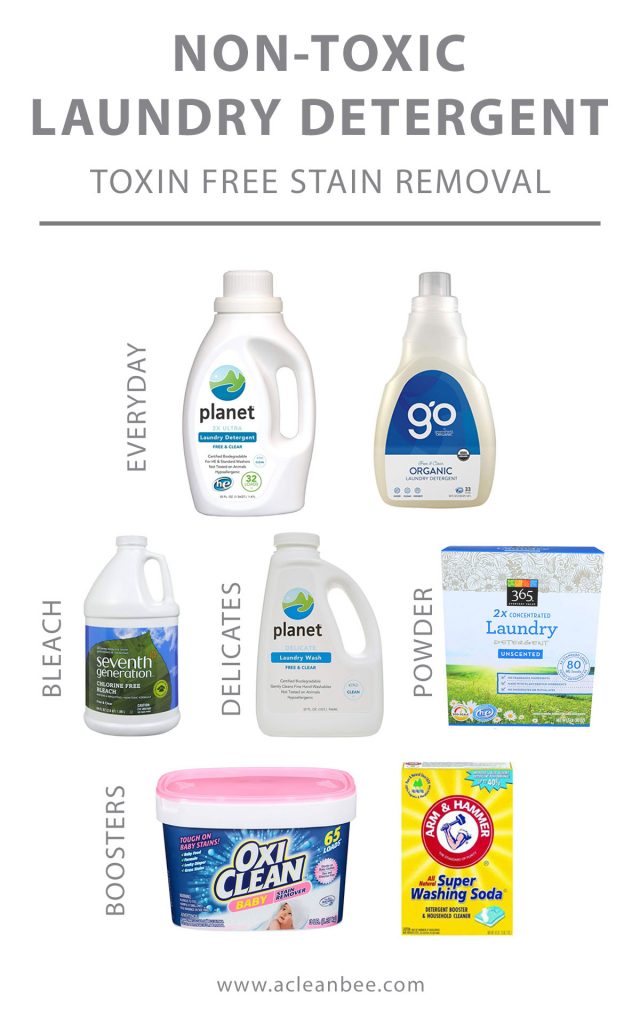

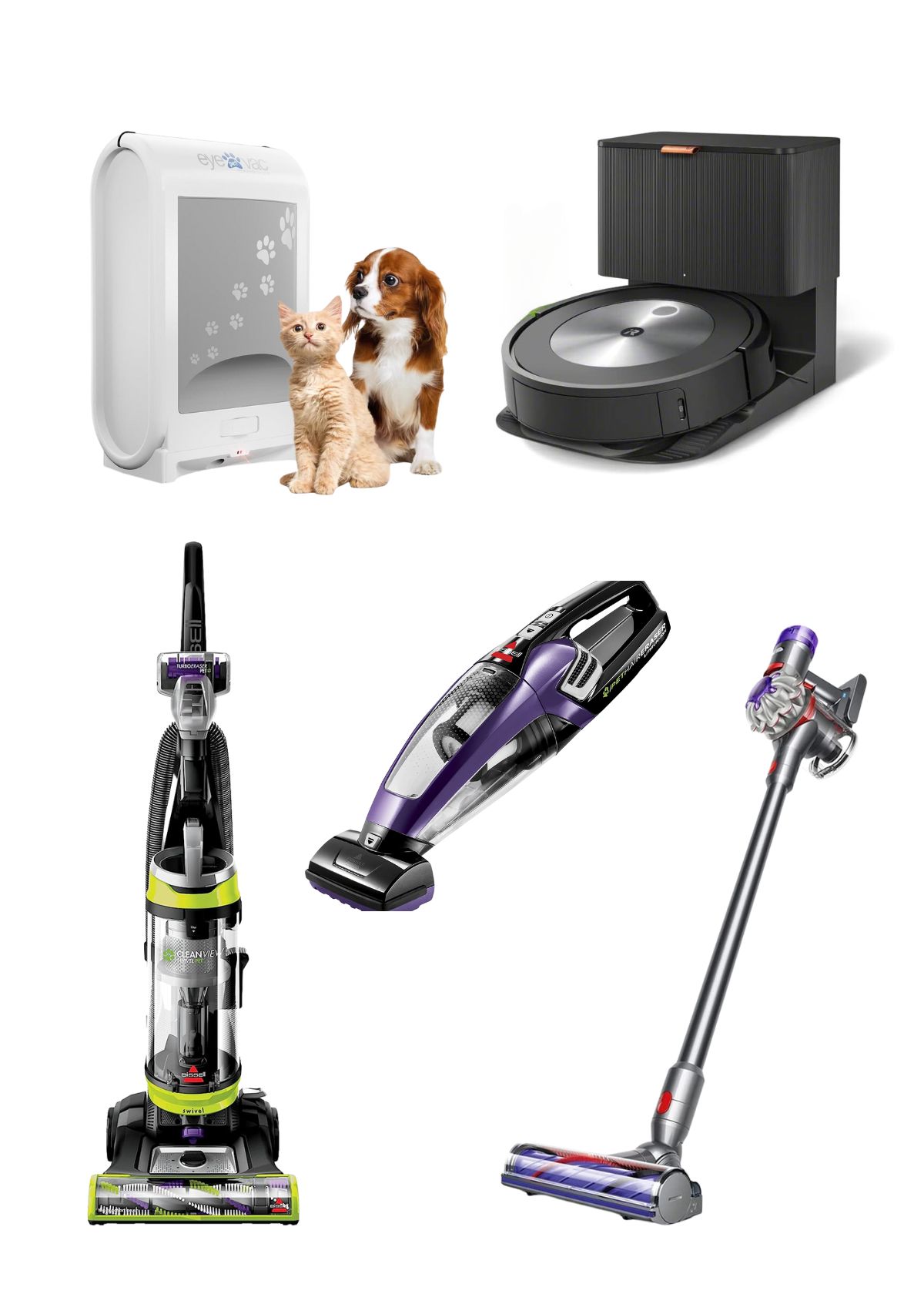
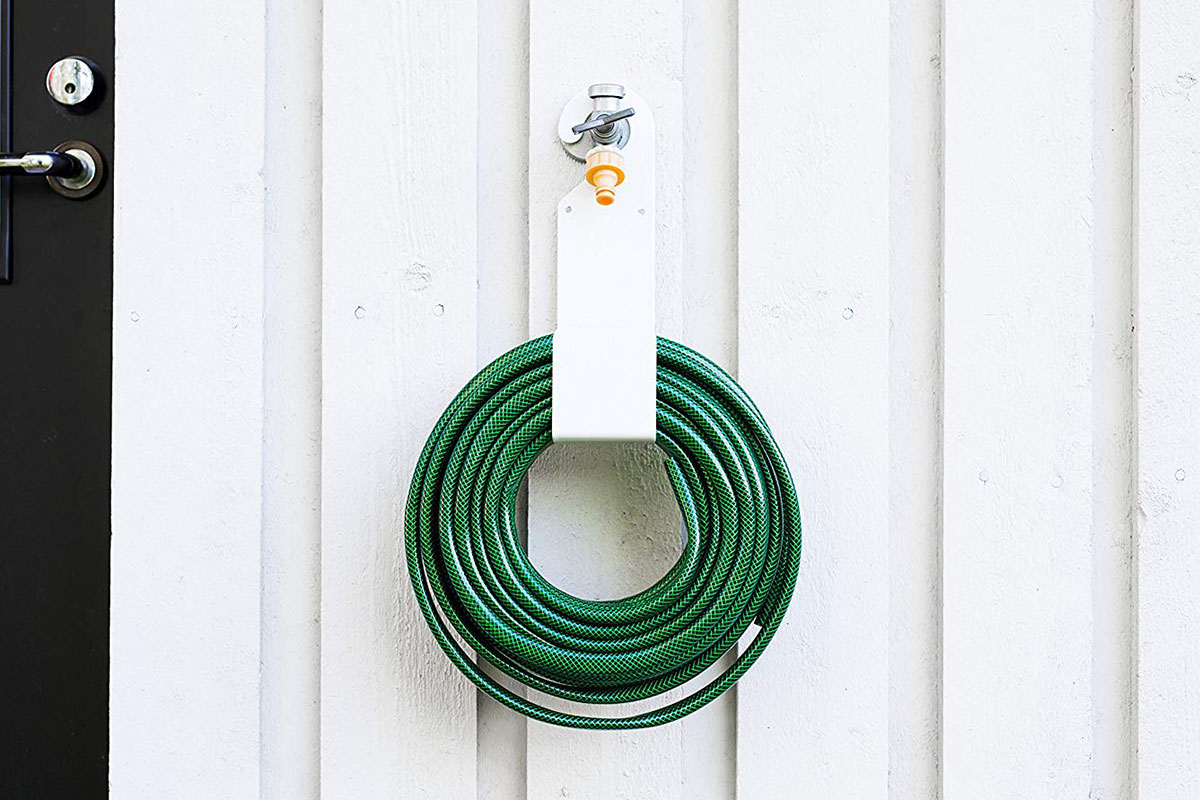
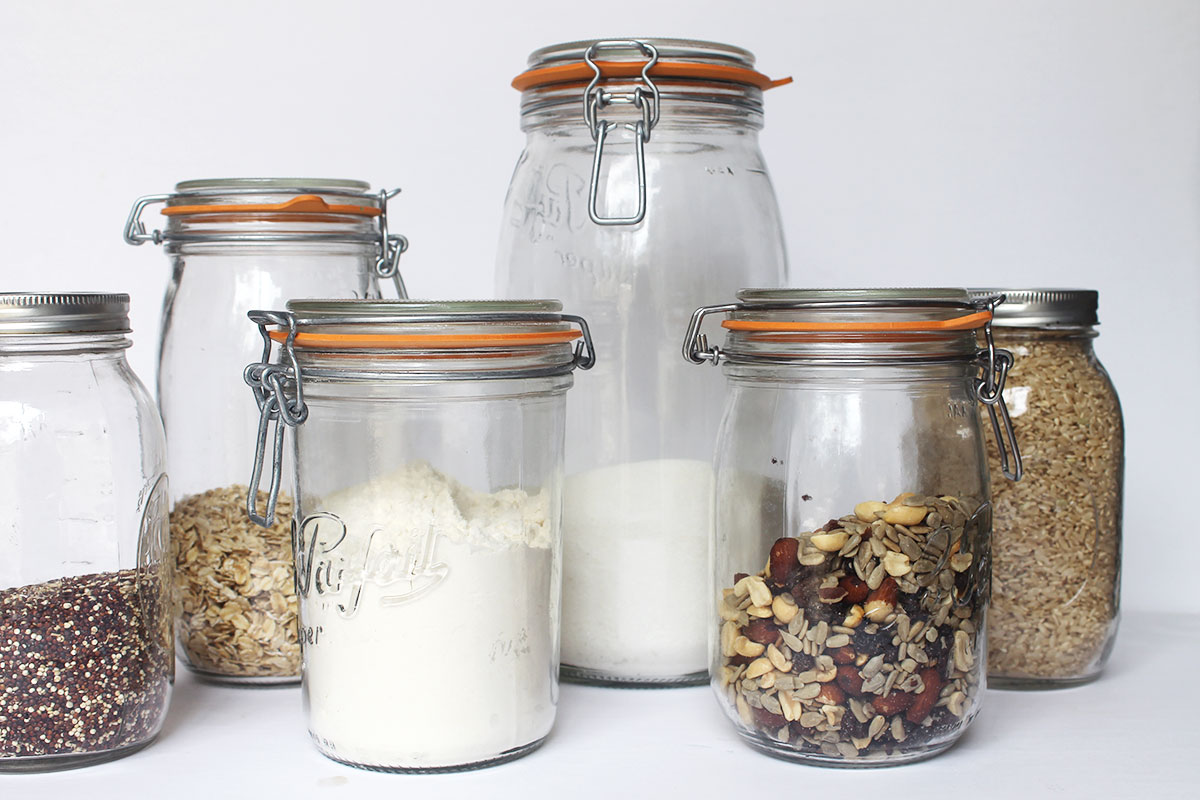
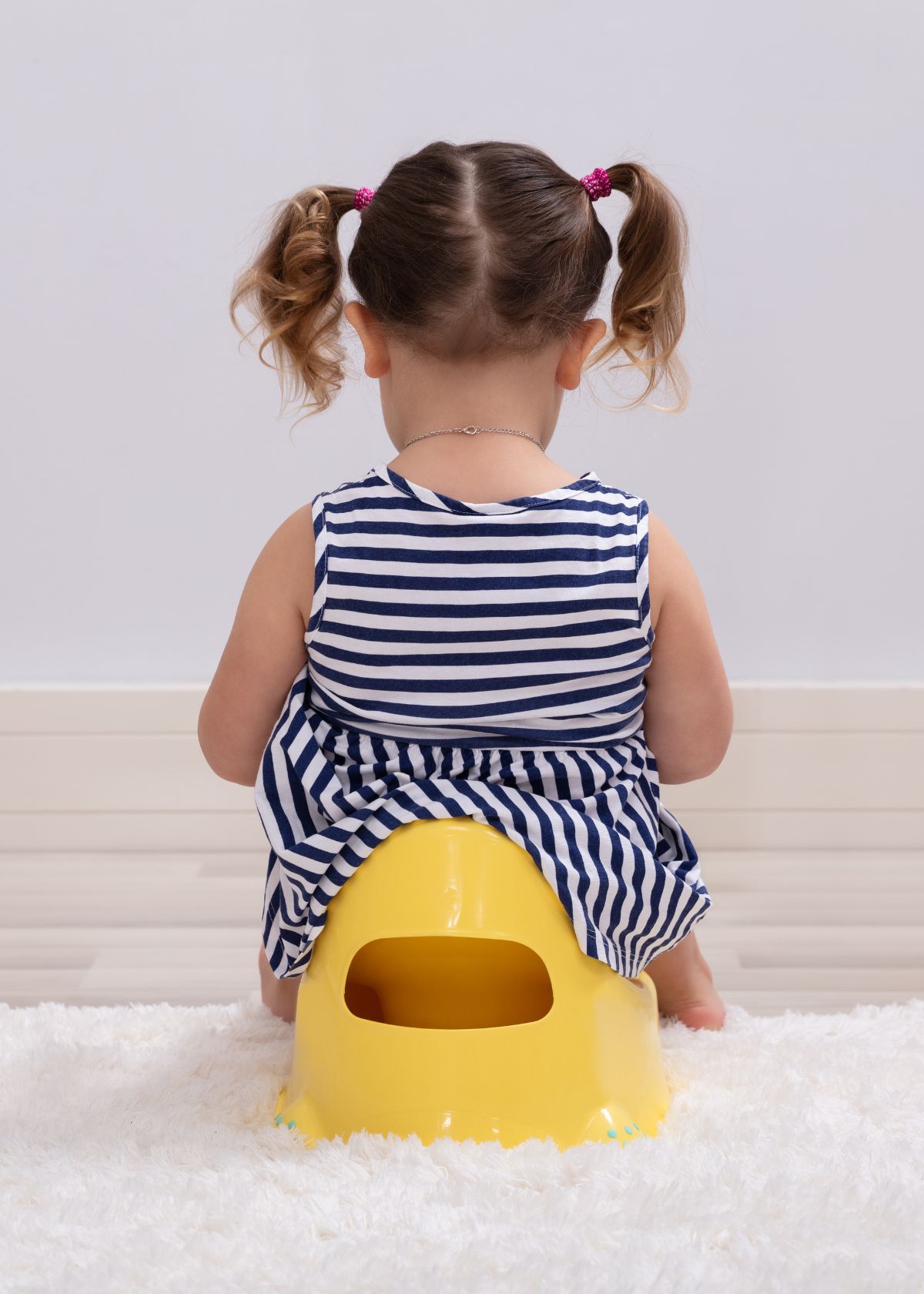

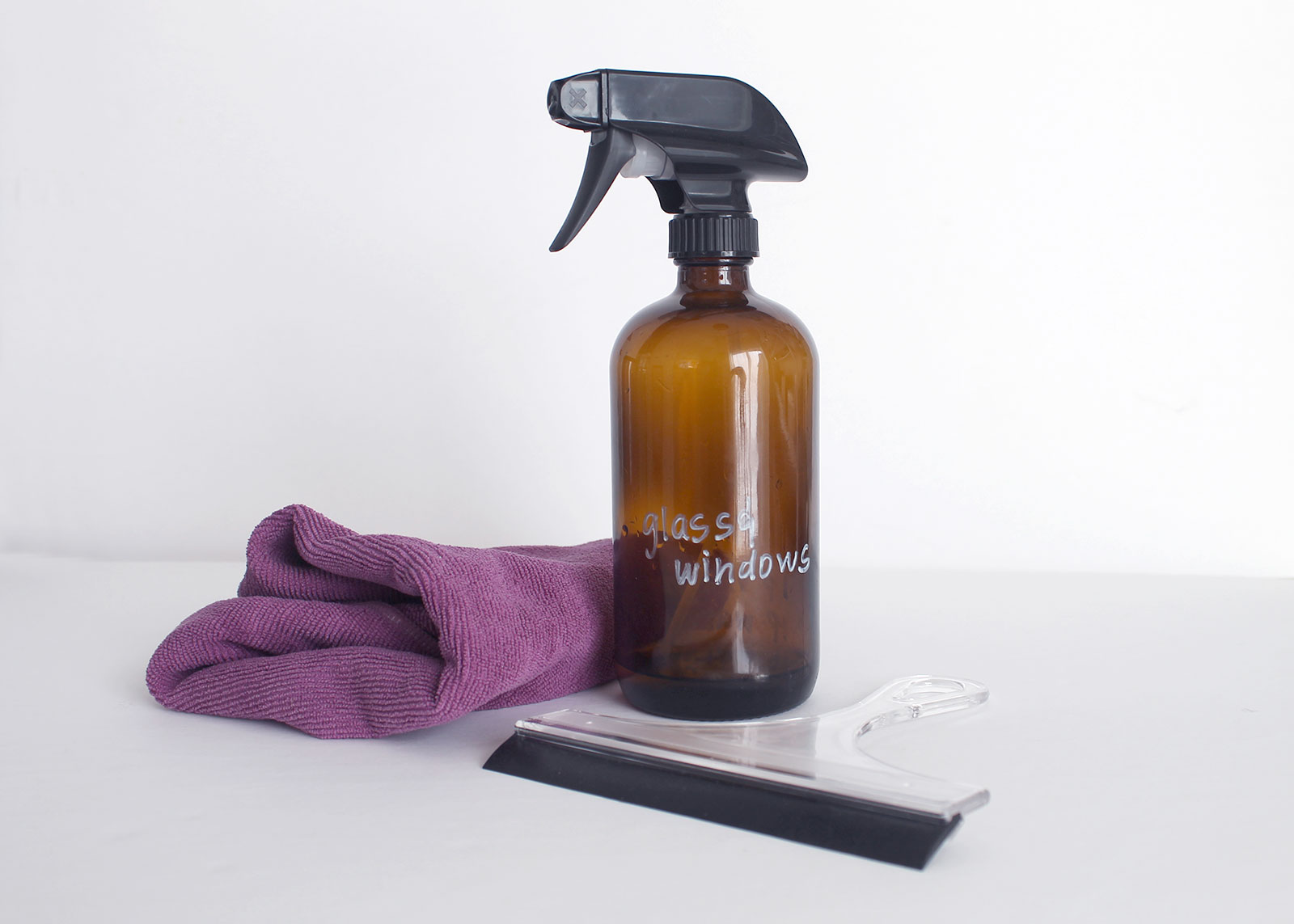
Have you tried Molly’s Suds or Dropps? They have less plastic packaging.
I haven’t but I need to! I’ve heard good things 🙂
Hi Kait! Thank you so much for this and all the resources you put out- they are beyond helpful to someone who is in the beginning stages of being more sustainable. On the note of the above comment, I am finding myself SUPER confused about balancing cleaner products with less plastic when making switches. For example, I’m starting to swap laundry products now and I want to try above products or I’ve been researching products from The Laundress, but then I see options like Dropps or Blueland’s laundry tabs with no plastic packaging and I get overwhelmed about what to go with! This applies to other products too. Any suggestions or thoughts?
Hi Madeline! Great questions – my advice is, experiment slowly and don’t be hard on yourself if your choices aren’t perfect or 100% eco friendly every time. The way I handle these things is try one product at a time, use it up completely (unless it’s truly awful) and then continue on until I find what feels right for me, my standards, and my ethics. I hope this helps!